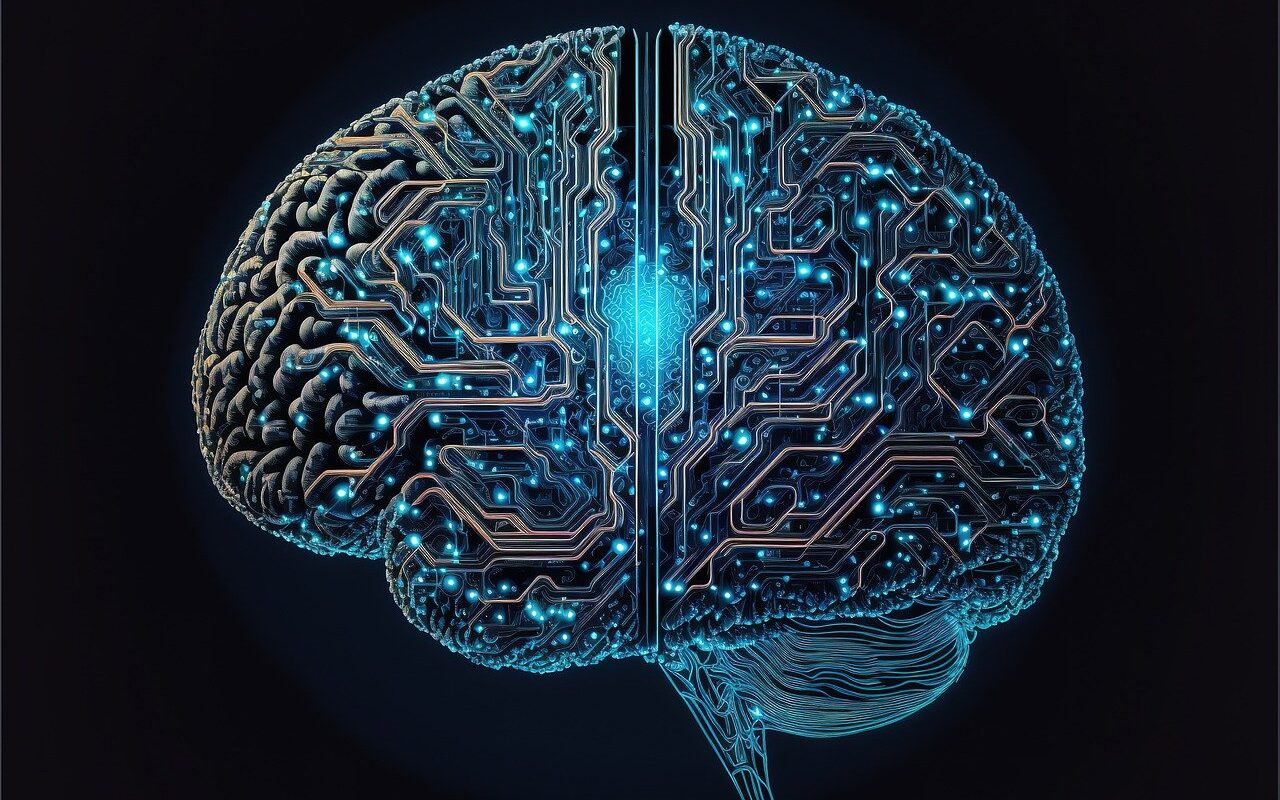Exclusive and Elegant: Top Karaoke Lounges in Gangnam
In the heart of Seoul, Gangnam shines as a hotspot for luxurious entertainment, and karaoke lounges are no exception. Karaoke, or noraebang, holds a special place in South Korea’s social scene, but Gangnam takes the experience to another level. Here, karaoke lounges combine state-of-the-art technology, sophisticated design, and exceptional service, creating a setting that feels both exclusive and inviting. Whether you’re celebrating with friends or unwinding after a long day, these top karaoke lounges redefine what it means to sing in style.
Lush Suites with Premium Sound
Karaoke in Gangnam isn’t just about singing; it’s about immersing yourself in an environment that makes every note feel extraordinary. High-end lounges like Aria Luxe offer private suites that feature plush leather seating, touch-screen song selectors, and cutting-edge sound systems. These spaces are designed for comfort and performance, allowing you to sing with crystal-clear acoustics that rival professional recording studios.
The ambiance in such lounges is equally impressive, with customizable LED lighting and sleek, modern decor. Whether you’re belting out a ballad or energizing the room with an upbeat hit, the atmosphere amplifies the moment.
Exclusive Menus for Fine Dining and Drinks
A premium karaoke experience wouldn’t be complete without gourmet food and drinks to match. Many high-end noraebangs in Gangnam provide curated menus that go far beyond the basics. At Noir Harmony, guests can indulge in freshly prepared sushi, steak sliders, and artisanal flatbreads while sipping on expertly crafted cocktails or vintage wines.
For those who prefer something celebratory, champagne service is often available, adding a touch of sparkle to the evening. These exclusive lounges ensure that every bite and sip complements the luxurious vibe of the venue.
Themed Rooms for Extra Flair
In Gangnam, karaoke 강남 텐카페 가격 lounges often add a creative twist with themed rooms that cater to various tastes. At Echo Luxe, you can choose from spaces inspired by everything from futuristic neon to vintage glam. Each room features unique decor and effects, like glowing backdrops or mirrored walls, enhancing the experience for performers and their audience.
These themed suites are perfect for capturing unforgettable memories. Whether you’re reenacting a concert stage or relaxing in a chic lounge-inspired setting, the thoughtful designs add an extra layer of fun to the night.
Personalized Service and Attention to Detail
Another hallmark of Gangnam’s elite karaoke lounges is the level of service. Staff members are trained to anticipate your needs, offering seamless support throughout the evening. At venues like Golden Notes, attendants help with everything from setting up song lists to delivering drinks and food directly to your suite.
This impeccable service allows guests to focus on enjoying themselves without worrying about logistics. It’s all about creating a space where you can let loose and embrace the joy of music.
State-of-the-Art Features
Technology is at the forefront of Gangnam’s karaoke scene, ensuring that every performance feels effortless. Many lounges provide features like pitch control, key adjustment, and live sound effects that enhance your singing. Some even offer recording options, so you can relive your favorite performances or share them with friends.
At Opus Prime, the karaoke systems include apps that allow guests to create playlists, save favorites, and explore a vast library of songs spanning multiple languages and genres. These high-tech touches make it easy to tailor the night to your group’s preferences.
Perfect for Celebrations or Quiet Nights
Whether it’s a birthday, a corporate gathering, or just an evening with close friends, Gangnam’s karaoke lounges cater to any occasion. The privacy of the suites ensures an intimate setting, while the luxurious amenities add a sense of grandeur to every visit.
If you’re looking for a quieter experience, some venues offer off-peak hours with special packages for smaller groups. This makes it easy to enjoy the same level of elegance without the bustling energy of a weekend crowd.
Where Every Song Becomes a Performance
Gangnam’s karaoke lounges offer more than a chance to sing; they provide an experience that’s as stylish as it is entertaining. From the stunning decor to the gourmet menus and exceptional service, these venues turn a simple activity into something extraordinary.
Whether you’re channeling your inner superstar or sharing laughter with friends, the top karaoke spots in Gangnam ensure that every visit is unforgettable. Here, the mic is always yours, and the stage is set for a night of elegance and fun.



